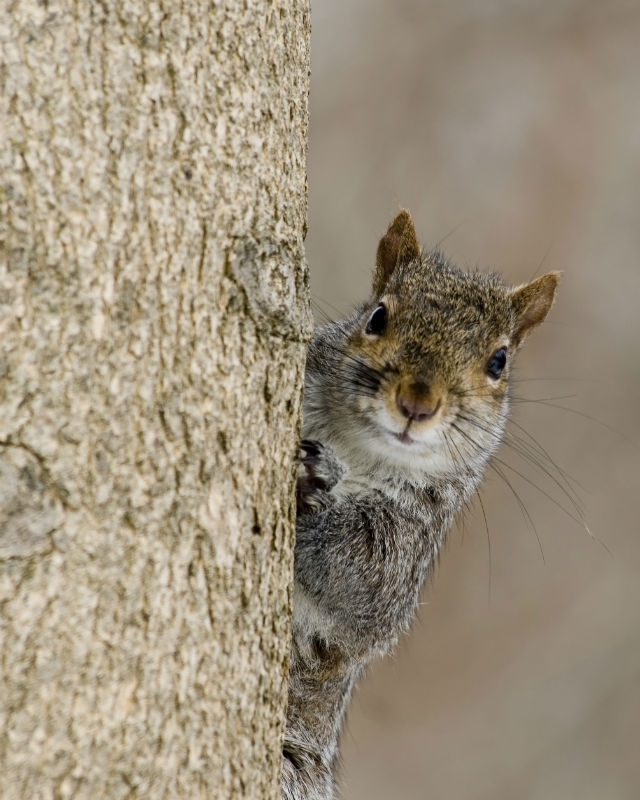
by Renee Brigman | Jul 6, 2016 | Animal Removal Part 2
Is there something ALIVE stuck in my chimney? It could be an animal (such as a squirrel or a bird) that has fallen down the chimney and cannot get out. Squirrels If you hear a squirrel scuttling around in your chimney, it is likely that it is trapped unless you have...
by Renee Brigman | Oct 7, 2015 | Chimney Caps
OK folks, the most common question we were asked at the Greenville, SC, Home & Garden Show at the TD Convention Center just last month was: “I’ve got birds in my chimney. When is a good time to have my chimney capped to keep those birds out next...


